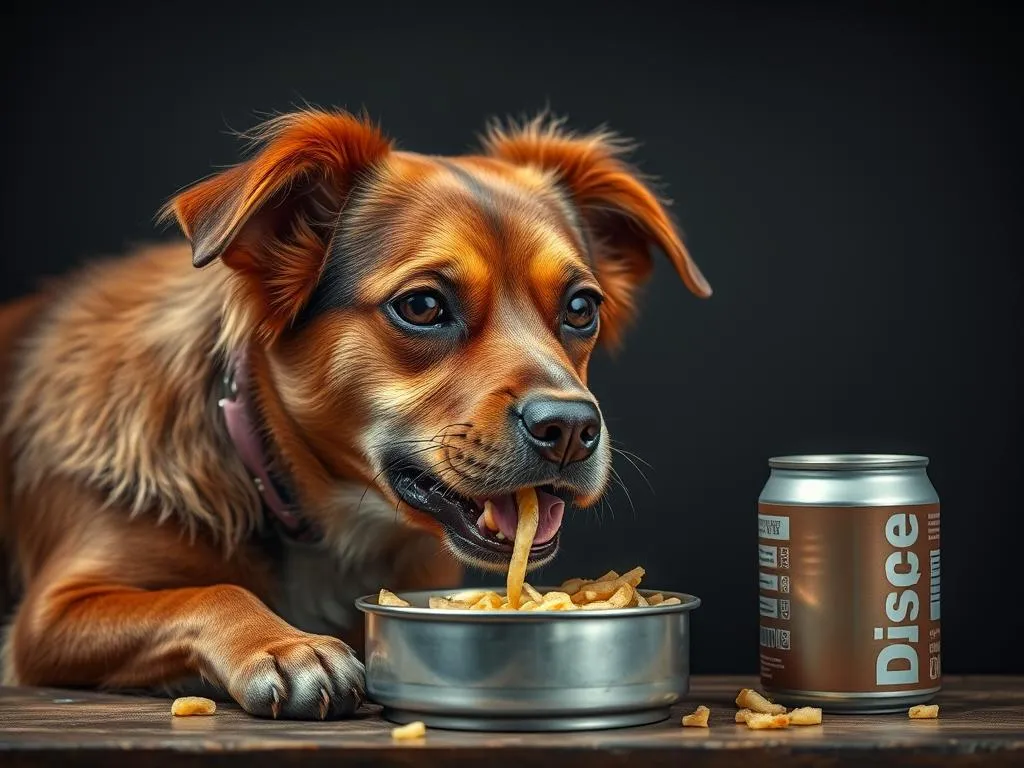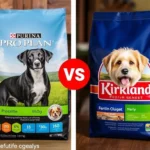
Feeding our canine companions involves navigating a complex landscape of nutritional needs and human food temptations. One such temptation that often piques the curiosity of dog owners is Spam—the iconic canned meat product. But should we share this savory treat with our furry friends? To answer this question, we need to delve into both dog nutrition and the specifics of what Spam contains.
Understanding Dog Nutrition
Importance of Proper Nutrition
Proper nutrition is crucial for a dog’s overall health and well-being. Just like humans, dogs require a balanced diet to thrive. A well-rounded diet supports their growth, energy levels, and longevity. Insufficient or improper nutrition can lead to a host of health issues, including obesity, dental problems, and even chronic diseases.
Essential Nutrients for Dogs
Dogs require several key nutrients to maintain optimal health:
- Proteins: Essential for growth, tissue repair, and immune function.
- Fats: Provide energy and support cell structure, along with healthy skin and coat.
- Carbohydrates: While not essential, they can be a good energy source and facilitate digestion.
- Vitamins and Minerals: Necessary for various bodily functions, including bone health and metabolic processes.
Deficiencies or excesses in these nutrients can lead to serious health consequences. For instance, too little protein can result in muscle wasting, while excessive fat can lead to obesity.
Analyzing Spam as Dog Food
Ingredients in Spam
Spam is primarily made from pork shoulder, ham, salt, water, potato starch, and sodium nitrite. The presence of additives and preservatives raises questions about its suitability for canine consumption. The high sodium content and other preservatives, like sodium nitrite, are particularly concerning.
Nutritional Value of Spam
A typical serving of Spam contains approximately:
- Calories: 170
- Protein: 7g
- Fat: 15g
- Sodium: 790mg
When compared to standard dog food, which is formulated to meet specific nutritional needs, Spam falls short. Most dog foods provide balanced nutrients without the excessive sodium and preservatives found in Spam.
Potential Benefits of Feeding Spam to Dogs
Despite its drawbacks, there are some potential benefits to consider. Spam contains a high protein content, which may appeal to dogs, especially in small amounts. In certain situations—like during a camping trip or as a special treat—Spam might be appealing. However, it should never replace a balanced diet.
Risks of Feeding Spam to Dogs
High Sodium Content
One of the primary concerns about feeding Spam to dogs is its high sodium content. Dogs are not equipped to handle excessive amounts of sodium, which can lead to hypertension, kidney problems, and other serious health issues. Symptoms of sodium toxicity can include vomiting, diarrhea, and lethargy.
Preservatives and Additives
Spam contains preservatives like sodium nitrite, which can pose health risks to dogs. These substances may lead to allergic reactions, digestive issues, and long-term health problems. Symptoms may include vomiting, diarrhea, and even more severe reactions in sensitive dogs.
Fat Content and Health Risks
Spam also contains a high fat content, which can lead to obesity and pancreatitis if consumed regularly. Dogs that are overweight or prone to pancreatitis should especially avoid high-fat foods. These conditions can be life-threatening and require significant veterinary intervention.
Alternatives to Spam
Healthier Treat Options
Instead of Spam, consider healthier, dog-friendly treat options. Here are some safe alternatives:
- Lean meats: Cooked chicken, turkey, or beef without seasoning.
- Vegetables: Carrots, green beans, and sweet potatoes.
- Fruits: Apples (without seeds), blueberries, and bananas.
For a homemade treat, try this simple recipe:
Peanut Butter and Banana Dog Treats
– 1 ripe banana
– 1/2 cup peanut butter (make sure it’s xylitol-free)
– 1 cup oats
Instructions:
1. Preheat your oven to 350°F (175°C).
2. Mash the banana and mix in the peanut butter.
3. Stir in the oats until combined.
4. Roll into small balls or shape as desired and place on a baking sheet.
5. Bake for 15-20 minutes until golden brown.
Choosing the Right Dog Food
When selecting dog food, prioritize high-quality options. Look for brands that list meat as the first ingredient and avoid fillers like corn and soy. Reading labels is essential—understand the ingredient quality and nutritional adequacy of the product. Consult with your veterinarian to find the best food for your dog’s specific needs.
What to Do if Your Dog Eats Spam
Immediate Actions
If your dog accidentally consumes Spam, monitor them closely. Look for signs of distress such as vomiting, diarrhea, lethargy, or excessive thirst. If your dog exhibits any unusual behavior, it’s wise to consult your veterinarian.
When to Seek Veterinary Help
Contact your veterinarian immediately if your dog shows severe symptoms after eating Spam, such as:
- Persistent vomiting
- Diarrhea (especially with blood)
- Signs of dehydration (excessive thirst, lethargy)
- Abdominal pain or bloating
Prompt action can prevent serious health concerns.
Conclusion
In summary, while the question of can dogs eat Spam may seem straightforward, the answer is nuanced. Spam is not a suitable option for regular dog consumption due to its high sodium, fat content, and preservatives. Instead, dog owners should focus on providing balanced, nutritious meals specifically formulated for canine health. Always consult your veterinarian before introducing new foods into your dog’s diet to ensure their well-being.
FAQs
Can dogs eat Spam occasionally?
Feeding Spam as an occasional treat is not advisable due to its high sodium and fat content, which can be harmful to dogs.
What should I do if my dog likes Spam?
If your dog enjoys Spam, consider using it sparingly as a special treat while providing healthier alternatives for regular feeding.
Are there any safe human foods for dogs?
Yes, many human foods are safe for dogs, including lean meats, certain fruits, and vegetables. Always check for safety before sharing.
How can I incorporate variety in my dog’s diet?
Introduce new, dog-safe foods gradually, including different protein sources and vegetables, while ensuring that the primary diet remains balanced and complete.
By prioritizing your dog’s nutrition and consulting with professionals, you can ensure a healthy and happy life for your furry friend.









